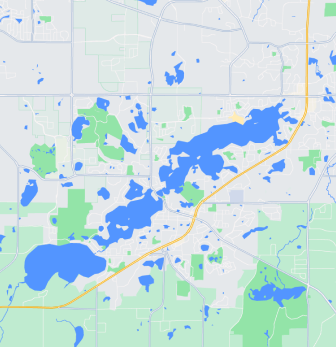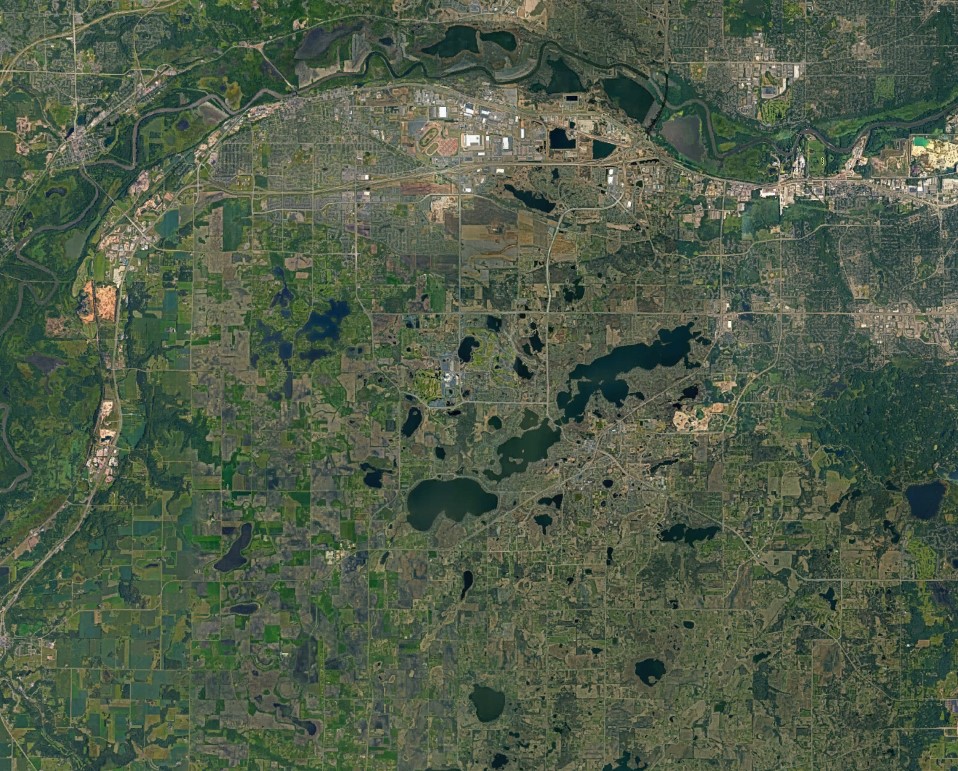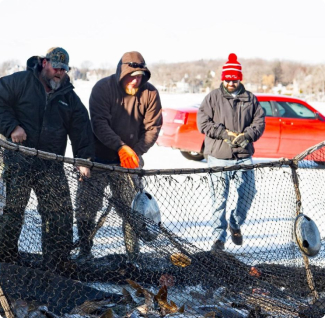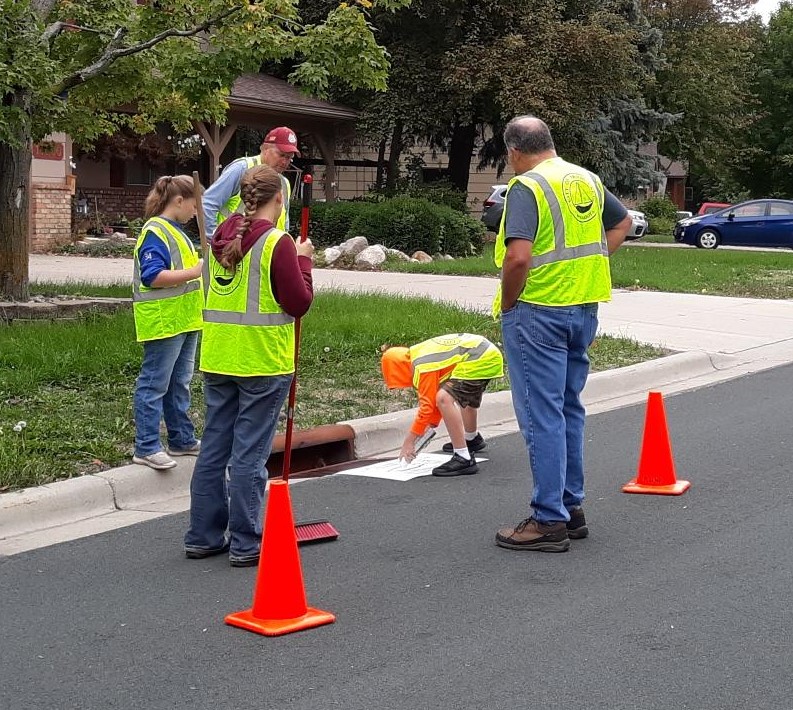Agriculture
Best management practices can help protect water quality
Your everyday actions and even your property affect water quality. No matter where you live, what you do on your property affects the health of nearby bodies of water. But do not fret! There are many actions which you can take that positively impact water quality, and they just might save you money too.
Create a Nutrient Management Plan
Some simple, low-cost practices on a farm can make a big difference in water quality. A first step is completing a nutrient management plan, which can save you money in fertilizer application and help you strike a balance between crop yields and soil inputs. Watershed District staff can help you with the completion of a plan.
Install Management Practices
Some well-known practices can help you keep soil on your land. A grassed waterway is an example of a practice that is often effective in stopping soil loss and can turn persistently wet spots into consistently harvestable land. Contour farming and conservation tillage are also practices with minimal impact on yields, but measurable soil retention and water quality benefits.
Cost share programs are available to help design and install management practices to prevent soil and nutrient loss and improve water quality. Check out our Resident Programs page for more information.
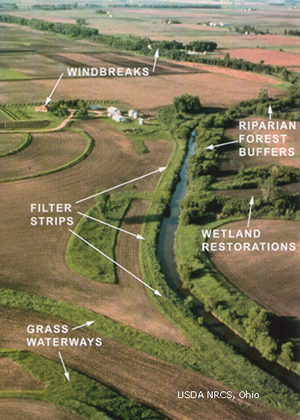
Minnesota Buffer Law
Minnesota’s buffer law establishes new perennial vegetation buffers of up to 50 feet along lakes, rivers, and streams and buffers of 16.5 feet along ditches. These buffers will help filter out phosphorus, nitrogen and sediment. The deadline for implementation for buffers on public waters is November 1, 2017. The deadline for public ditches is November 1, 2018. The law provides flexibility for landowners to install alternative practices with equivalent water quality benefits that are based on the Natural Resources Conservation Service Field Office Technical Guide. You can view the buffer maps for a visual representation of the Minnesota Buffer Law.
If you need assistance with your buffer strips on your property, please contact the Scott Soil and Water Conservation District (SWCD) office for more information about the buffers as well as for technical and financial assistance. Please note, the Prior Lake-Spring Lake Watershed District is not the entity responsible for enforcement of the buffer law.
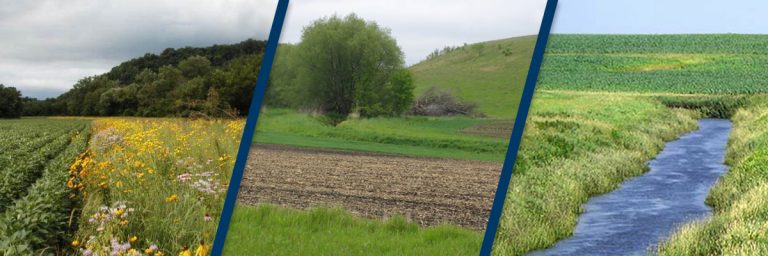
You can also visit the State of Minnesota’s website for the Minnesota Buffer Law here. Their website answers frequently asked questions and has information explaining the law, who it applies to, how to comply with the requirements, possible alternative practices, how to get assistance with implementing your buffer strips and more. This is a great resource!

